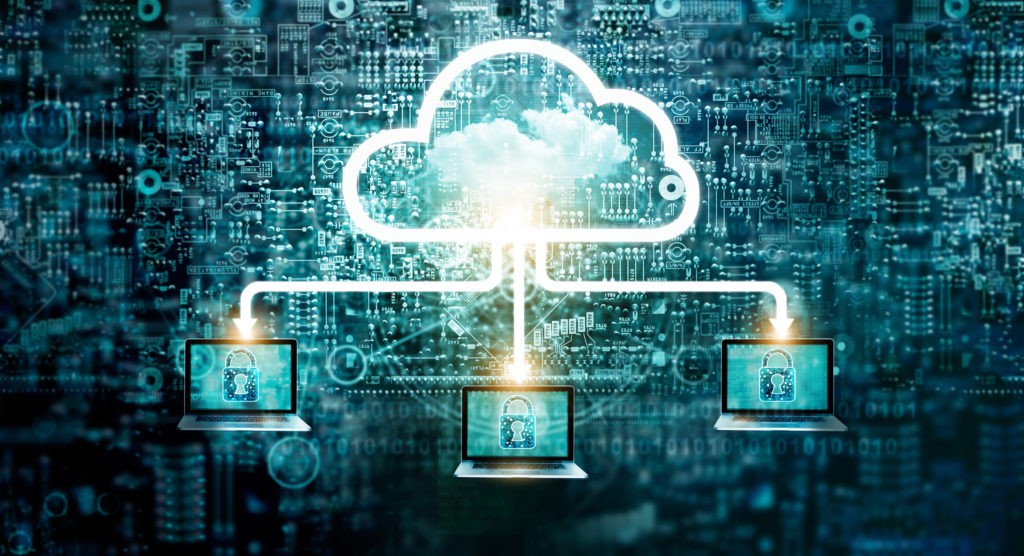August 29, 2023
“The top priorities of state and local government CIOs in 2023 are digital transformation, legacy modernization, and addressing cybersecurity risks. However, competing expectations and a lack of understanding of the possibilities digital offers challenge their ability to establish a shared vision.”
That’s according to a recent Gartner report titled “2023 CIO Agenda: A State and Local Government Perspective,” by in-house experts Dean Lacheca and Apeksha Kaushik. Drilling down on the particulars, they asked CIOs to reveal their top digital priorities — those for which funding has increased over 2022.
Cloud platforms came in first for overall funding, up eight percent year-over-year. Application modernization was second, up a full 17 percent y-o-y. The final three — integration of tech/APIs/API architecture, total experience solutions, and resource planning — were up 32 percent, 18 percent and 15 percent, respectively. Asked about “challenges while developing a vision for digital change,” respondents’ listed “ensuring that business leaders understand the possibilities” and “competing expectations from different stakeholders,” as well as agreeing on a shared organizational vision.
As far as 2023 tech investments go, 64 percent of CIOs said they’d spend more on cyber/information security than in 2022, 63 percent on application modernization, 62 percent on cloud platforms, 50 percent on business intelligence/data analytics and 43 percent on integration tech/APIs/API architecture.
In terms of tech that’s likely to be implemented or augmented by 2025, artificial intelligence topped the piles, following by distributed cloud, multi-experience development platform, responsible AI, security access service edge (SASE), 5G, MLOps, edge computing, digital twin and, at the very bottom, blockchain.
It’s no surprise that CIOs who’ve upped funding for cloud have also boosted spending on cyber/information security. With more and more services and data off-prem and cyber-crime growing ever more sophisticated (not to mention brazen), that makes perfect sense. Local governments (cities and counties), especially, are prime attack targets. Criminals know they store massive amounts of sensitive data and have limited resources to defend against nefarious incursions — chief among them phishing, mobile phishing, insider threats, and IoT exploitation. State governments are in a similar predicament but on a larger scale.
“The public sector is a magnet for cyber criminals, as state and local governments continue to battle a wave of malware attacks every year,” this American City & County piece explains. “Adversaries understand that state and local governments, through no fault of their own, have limited budgets and overextended security teams, many of which are stressed by alert fatigue and the complexity of remote and hybrid workforce protections. Couple the resource dilemma with being a valuable target for cyber criminals, state and local governments, municipalities and school districts are being asked to do too much on their own. Furthermore, new attacker tradecraft is actively evolving, increasing the immense burden of responsibility carried by government agencies to secure their critical infrastructure and public works while safeguarding the public’s trust.”
At last year’s annual National Association of State Chief Information Officers (NASCIO) conference, a survey was released in which (per a Forbes write-up) “senior government IT leaders said that expanding and accelerating the provision of digital government services in 2023 would require departments to focus on cybersecurity and legacy application modernization as their top two priorities.”
The article’s author, EvolveWare CEO Miten Marfatia, went on to explain why: “User expectations for exceptional digital experiences soared during the pandemic and are here to stay. In addition, citizens’ increased use of services for benefits exposed the fragility of existing legacy applications that weren’t designed for digital-first interactions. Government agencies also have substantial technology debt to overcome since, historically, IT budgets have lagged behind needs.”
As this statetechmagazine.com story noted, “Government leadership at all levels has recognized the need to prioritize cybersecurity, and states are in various stages of planning for comprehensive, coordinated statewide security strategies.” One of those strategies, partnering with private industry, allows governments to “benefit from information sharing and a vast security portfolio and can tap into resources to navigate the complexities of grant funding and financial sustainability. States are wisely adopting solutions that proactively detect emerging threats, automate actions and streamline security responses to threats and incidents.”
Marfatia sounded a similarly upbeat note in Forbes. After making “significant strides” during the pandemic, he wrote, state government CIOs and their teams are now “increasing those gains by evolving cybersecurity capabilities, implementing GOTS software, hiring and upskilling workforces with modern technology skills, and transforming digital services. Modernizing applications will help agencies accomplish all of these goals, resulting in services that meet citizens’ demands, increase worker productivity and scale with growth.”
About Mindsight
Mindsight is industry recognized for delivering secure IT solutions and thought leadership that address your infrastructure, cybersecurity, and communications needs. Our engineers are expert level only – and they’re known as the most respected and valued engineering team based in Chicago, serving medium-sized to enterprise organizations around the globe. That’s why clients trust Mindsight as an extension of their IT team.
Visit us at http://www.gomindsight.com

